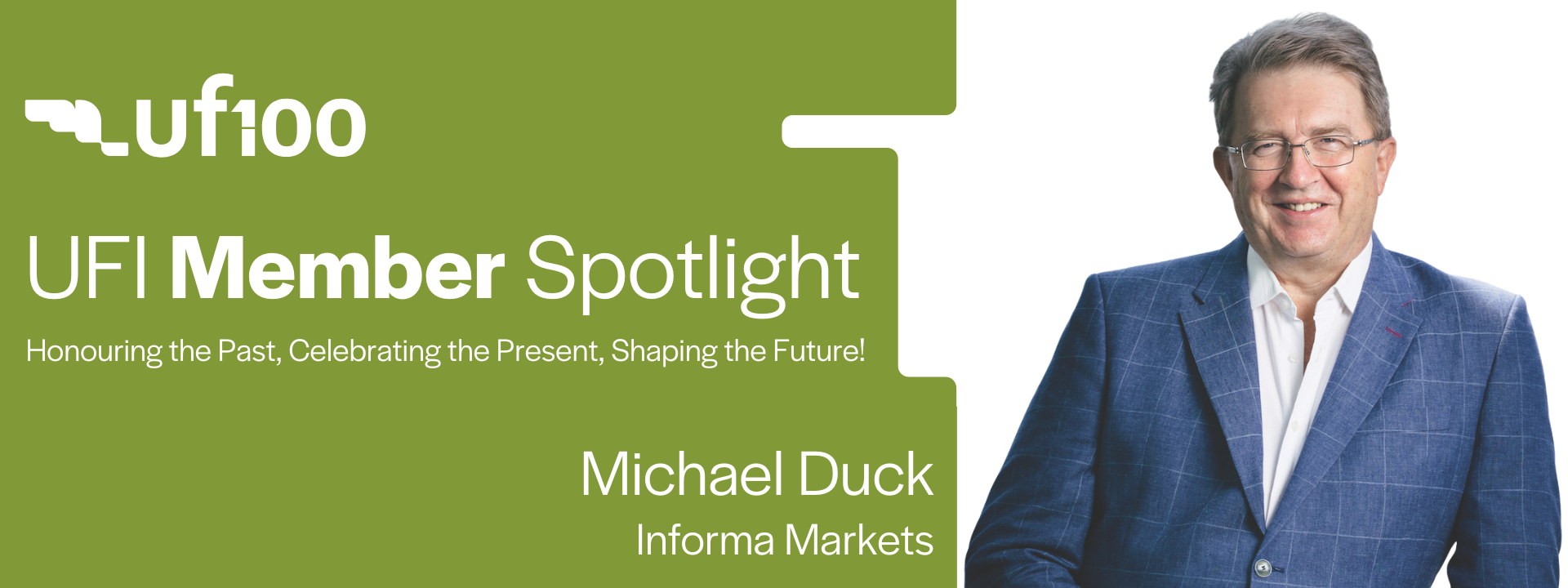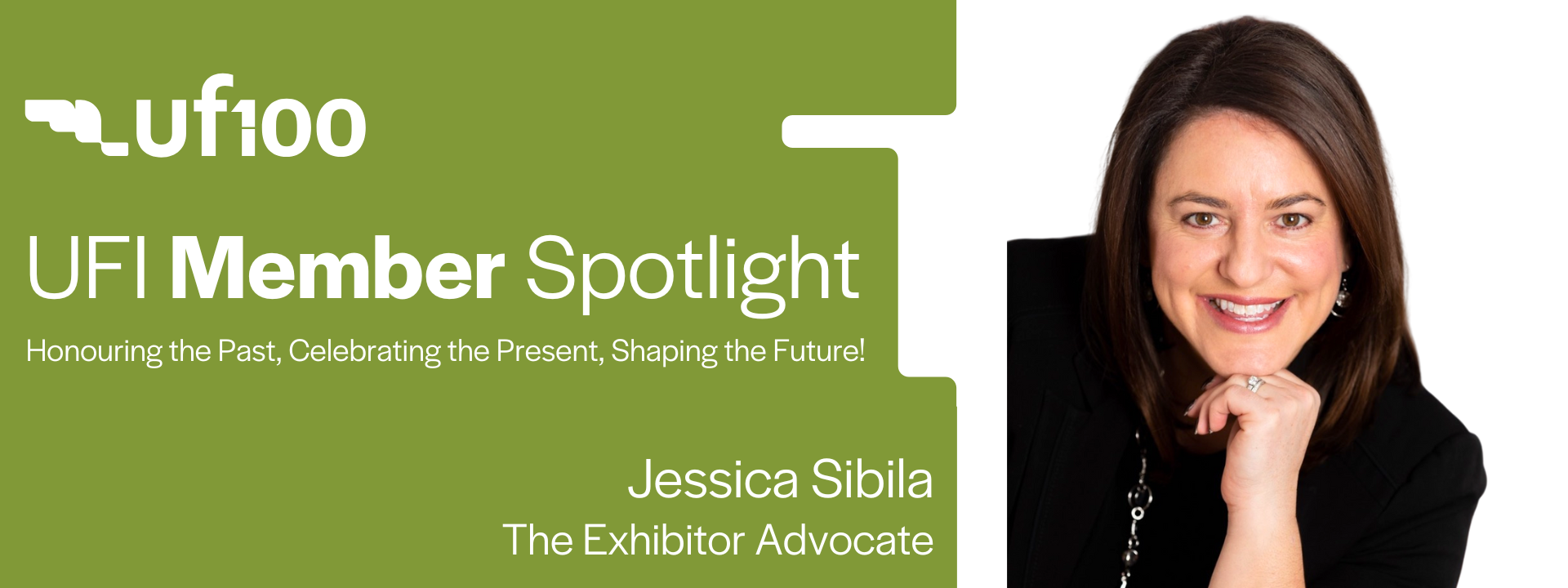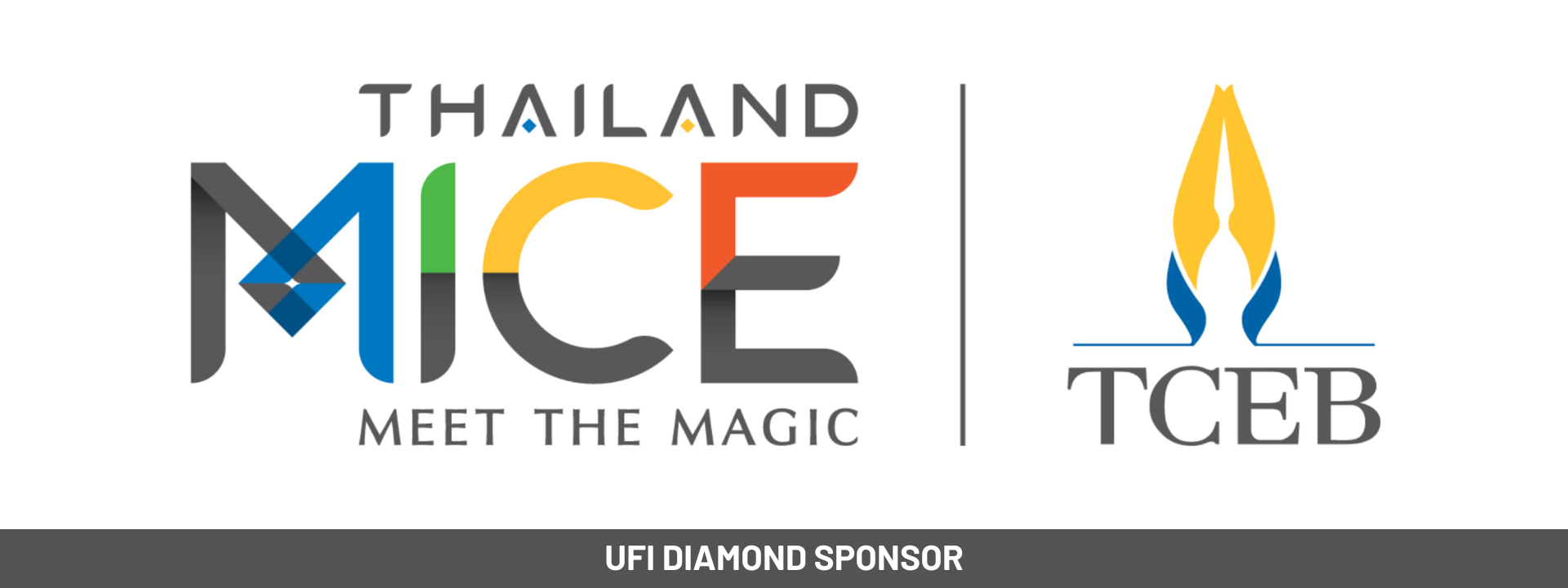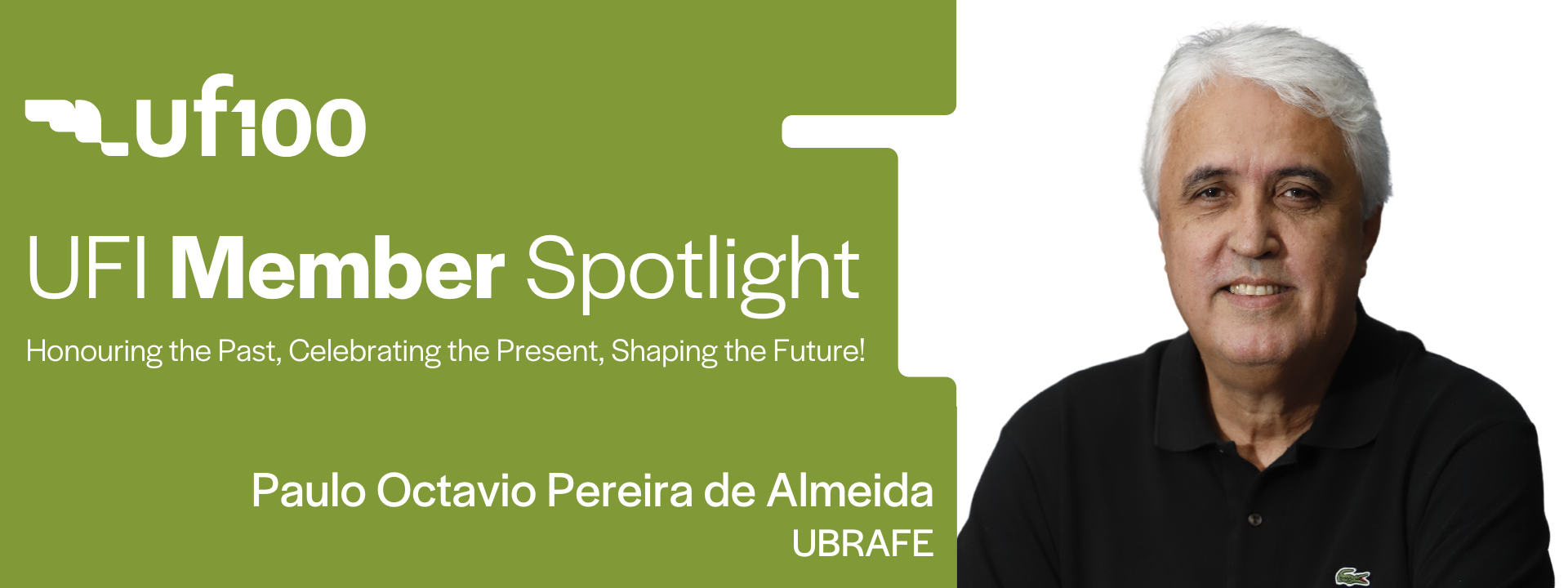Posted by
Barry Siskind
Community Manager
In the 1980’s creative thinking guru Karl Albrecht attempted to answer the question why some people process information one way and others in another and whether the two could work productively together.
What he developed was something called the Mindex Profile which is a tool used in creativity training, executive team building and communication training.
In a nutshell his four communciation styles are: red for right brained thinkers and blue for left brain thinkers, earth for those who think in concrete absolute concrete terms and sky for those who are comfortable in a more abstract world. Thus his four groups: Blue Earth, Red Earth, Blue Sky, Red Sky.
The Red Earth person is intuitive and people oriented versus the Blue Earth person who values organizing things and solving problems. The Red Sky person likes looking at the big picture and the Blue Sky values abstract ideas and relational thinking.
You can find out more about the Mindex index and the four styles at
https://www.karlalbrecht.com/mindex/aboutmindex.htm
How does understanding people in these four categories help us in very practical terms? The answer is simple. When there is a group of people in one room, in a staff meeting or an exhibitor advisory board, and they are charged with creating solutions to existing problems, the thinking of the individuals in the group can be skewed dramatically depending on the mix of the four types sitting around the same table.
This doesn’t mean that you should pre-screen people before they join your meeting to make sure they are all alike. If you did you would probably never accomplish anything. In fact the solution is quite the opposite. Having a mix of people but understanding and guiding them according to their particular styles can be very productive. Whether you call a meeting focused on training, team building, consensus building or leadership development, grasping the significance of individual preference can be very helpful.
I would be very interested in knowing whether organizers are using more sophisticated tools to guild their committees and staff meetings. What works best? What are some of the pitfalls?






[…] June 1, 2010 In the 1980’s creative thinking guru Karl Albrecht attempted to answer the question why some people process information one way and others in another and whether the two could work productively together. Continue reading … […]